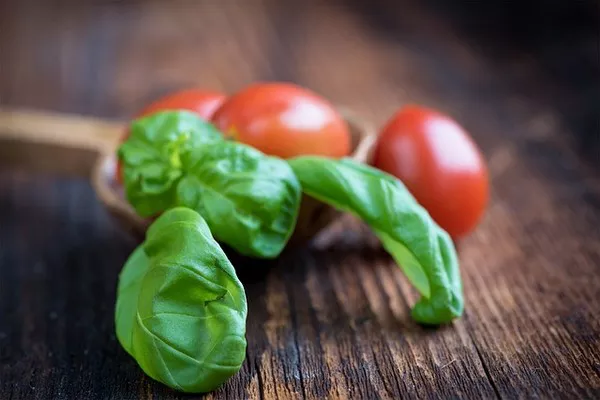Tomato plants are a popular choice among home gardeners and commercial farmers alike, prized for their delicious fruits and versatility in culinary applications. However, one common challenge that both experienced and novice growers may face is the unwelcome sight of wilting tomato plants. The phenomenon of wilting in tomato plants can be attributed to various factors, ranging from environmental conditions to pest infestations and diseases. In this article, we will explore the primary causes of tomato plant wilt, providing insights into each factor and offering practical tips for prevention and mitigation.
Watering Issues:
One of the most common reasons for tomato plant wilting is inadequate or excessive watering. Tomatoes have specific water requirements, and maintaining a balance is crucial for their overall health. Insufficient watering can lead to dehydration and result in wilting, while overwatering can lead to root rot, restricting the plant’s ability to take up water effectively.
To avoid watering-related issues, it is essential to establish a consistent watering schedule. Water deeply and infrequently, ensuring that the soil remains consistently moist but not waterlogged. Additionally, mulching around the base of the plants can help retain soil moisture and regulate temperature, reducing the risk of wilting.
Soil Quality:
The quality of the soil plays a pivotal role in the health of tomato plants. Poorly drained or compacted soil can lead to root stress, inhibiting the plant’s ability to absorb water and nutrients. Compacted soil can also restrict root growth, exacerbating the problem.
Regular soil testing is advisable to assess its composition and fertility. Amending the soil with organic matter, such as compost or well-rotted manure, improves drainage and provides essential nutrients for plant growth. Adequate aeration of the soil is crucial for healthy root development, reducing the likelihood of wilting.
Temperature Stress:
Tomato plants are sensitive to temperature fluctuations, and extreme conditions can induce wilting. High temperatures, especially in combination with dry weather, can accelerate water loss through transpiration, leading to wilting. Conversely, exposure to cold temperatures can damage the plant’s vascular system, hindering water uptake and causing wilting.
To mitigate temperature-related stress, consider planting tomatoes in areas with consistent temperatures and providing shade during excessively hot periods. Additionally, using row covers or cloths can offer protection during cold snaps, helping maintain optimal growing conditions.
Disease and Pathogens:
Various diseases and pathogens can affect tomato plants, leading to wilting as a symptom. Fusarium wilt, bacterial wilt, and Verticillium wilt are common fungal infections that compromise the plant’s vascular system, impeding the flow of water and nutrients. Soil-borne pathogens, such as nematodes, can also contribute to wilting by damaging the plant’s roots.
Practicing crop rotation, using disease-resistant tomato varieties, and maintaining proper sanitation in the garden are effective strategies to prevent the spread of diseases. Fungicidal treatments may be necessary in cases of severe infections, but early detection and prevention remain key to managing disease-related wilting.
Pest Infestations:
Insects and pests can pose a significant threat to tomato plants, contributing to wilting through feeding damage and the transmission of diseases. Aphids, whiteflies, and spider mites are common culprits that can sap the plant’s vitality, leading to wilting and stunted growth.
Implementing integrated pest management (IPM) practices, such as introducing beneficial insects, regularly inspecting plants for signs of infestation, and using natural predators, can help control pest populations. In cases of severe infestation, targeted organic insecticides may be necessary to protect the tomato plants.
See also Do Plants Have Consciousness? A Closer Look
Conclusion:
Successfully growing healthy and vibrant tomato plants requires a combination of careful attention to environmental factors, diligent pest management, and proactive disease prevention. By addressing watering issues, optimizing soil quality, protecting against temperature extremes, managing diseases, and combating pests, growers can significantly reduce the risk of tomato plant wilting.
Cultivating robust tomatoes is a rewarding endeavor that not only yields delicious fruits but also contributes to the overall beauty and productivity of the garden. Armed with a comprehensive understanding of the potential causes of wilting, growers can take proactive measures to ensure their tomato plants thrive and produce bountiful harvests season after season.


